| Feature | PTZ Cameras | IP Cameras |
|---|---|---|
| Wide Coverage | Built-in motors for pan, tilt, and zoom; wide area coverage from one position | Fixed; multiple cameras needed to eliminate blind spots |
| Remote Control | Remotely controllable; useful for tracking moving objects | Fixed; remote access via web apps or mobile devices |
| Zoom Capability | Powerful zoom lenses for detailed inspection of distant objects | Limited to camera's fixed focal length |
| Auto-Tracking | Some models have smart tracking technology | Typically lacks auto-tracking; relies on fixed field of view |
| Image Quality | Varies with zoom; can be shaky or distorted with sudden movements | High resolution; consistently clear and stable images |
| Field of View and Blind Spots | Can capture 180 or 360-degree views; possible blind spots when panned/zoomed | Fixed field of view; strategic placement needed to cover blind spots |
| Installation and Configuration | Complex installation; requires professional setup | Simple setup; suitable for DIY installations |
| Durability and Maintenance | Moving parts increase chance of mechanical failure; higher maintenance | No motors; fewer points of failure; low maintenance |
| Cost | Higher upfront cost; frequent maintenance adds to long-term costs | More budget-friendly; cost-effective for system expansion |
| Use Cases | Suitable for large spaces and tracking movement (e.g., city monitoring, stadiums) | Ideal for fixed monitoring (e.g., retail stores, homes, small businesses) |
Video surveillance systems have become ubiquitous, with cameras installed everywhere from stores to city streets. As the demand for security cameras grows, two main technologies have risen to prominence - PTZ cameras and IP cameras. But what's the difference, and which is right for your needs?
Each camera type has unique capabilities and limitations that suit different situations. By understanding the pros and cons of PTZ and IP cameras, you can make an informed decision when choosing a security camera system.
What Are PTZ and IP Cameras?
PTZ cameras
PTZ stands for Pan, Tilt, and Zoom. PTZ cameras are a type of camera commonly used in surveillance that can be panned left or right, tilted up or down, and zoomed in or out remotely. The key features of PTZ cameras include:
- Wide Coverage: Built-in motors to pan (rotate left-right), tilt (point up-down), and optically zoom in-out. This allows viewing of a wide area from one position.
- Remote Control: Remotely controllable orientation either by a human operator using a controller or pre-programmed movement patterns. Useful for tracking moving objects.
- Zoom Capability: They typically have powerful zoom lenses that allow for closer inspection of distant objects without loss of detail.
- Auto-Tracking: Some PTZ cameras have smart tracking technology to automatically detect and follow movement within their field of view.
- Integration: Like IP cameras, PTZ cameras can also be IP-based and hence possess all the benefits of IP camera technology, including network connectivity and high resolution.
This flexibility allows a single PTZ camera to monitor a wide area by panning across a scene and zooming in on specific spots. They are commonly used to watch large indoor spaces or outdoor areas from a centralized vantage point. The operator can track moving objects or people by controlling the camera's orientation in real time.
IP cameras
IP cameras, or Internet Protocol cameras, are digital video cameras that transmit and receive data over a network or the internet. Unlike analog closed-circuit television (CCTV) cameras, they require no local recording device, only a local area network. The key features of IP cameras include:
- Digital Transmission: They transmit data over a network, which means video streams can be accessed remotely, archived in cloud storage, and easily searched and analyzed.
- Higher Resolution: Generally, IP cameras provide higher resolution images compared to traditional analog systems. This results in clearer and more detailed images that are beneficial for security purposes.
- Power Over Ethernet (PoE): Many IP cameras feature PoE capability, which allows the camera to receive power and data over one single cable, reducing installation complexity and cost.
- Scalability: Since they're connected over a network, it's relatively easy to scale the system and add more cameras without significantly adding to the infrastructure.
- Intelligence: IP cameras often have built-in processing and can include features like motion detection, facial recognition, and intrusion detection.
- Storage Flexibility: Instead of saving footage on a local DVR, IP cameras can store video on networked servers, in the cloud, or on onboard storage such as SD cards.
Being fixed, multiple IP cameras are necessary to eliminate blind spots across a building or property. But what they lack in flexibility, they make up for in easy remote access and management thanks to their networked capabilities.

What Are the Key Factors To Consider?
When deciding between installing PTZ or IP cameras, keep these key considerations in mind:
1. Installation and Configuration
PTZ cameras require very precise installation and positioning to ensure their full range of motion is unobstructed. Their installation is a complex process best done by security professionals. In contrast, IP cameras can be easily mounted by homeowners or small business owners in DIY security systems. Their simple setup means rapid deployment.
2. Image Quality
The image quality of PTZ cameras can vary as the camera zooms in and out. Sudden movements by the camera can also result in shaky or distorted video. IP cameras provide reliably crisp and clear images without fluctuations or artifacts. Their fixed nature means unwavering, stable video quality.
3. Field of View and Blind Spots
A single PTZ camera can capture 180 or 360-degree views of a large area. However, blind spots may emerge when the camera is panned away or zoomed in. Multiple fixed IP cameras in strategic positions are necessary to eliminate any blind spots across a property or building.
4. Remote Control and Automation
PTZ cameras require a dedicated operator to control the camera orientation actively and track subjects. IP cameras offer the convenience of remote access via web apps or mobile devices. They also easily integrate with home automation systems for features like motion-activated recording.
5. Durability and Maintenance
The moving parts in PTZ cameras increase the chance of mechanical failure. Their maintenance needs and repair costs are higher. IP cameras have no motors and fewer points of failure, given their simple fixed build.
6. Upfront and Lifecycle Costs
PTZ cameras carry a substantially higher upfront cost, often 4 times the price of a basic IP camera. Their frequent maintenance and repairs also add to long-term costs. In comparison, IP cameras are very budget-friendly. Expanding your system with additional IP cameras in the future is also affordable.

PTZ vs. IP Camera: Which is Best for Your Security?
Selecting the right cameras for your security needs depends on various factors from coverage area to remote accessibility. PTZ and IP cameras each have advantages that make them better suited for certain applications.
Take a look at this comparison table to show you when it's best to use either PTZ cameras or IP cameras:
|
Camera |
Use Case |
Relevant Capabilities |
|
PTZ |
City-wide monitoring from police headquarters |
High zoom, 360° pan/tilt, auto-tracking, night vision, HD video quality, system integration |
|
Airport security and check-in |
High-resolution imaging, facial recognition, motion tracking, wide dynamic range, remote access |
|
|
Stadium surveillance: Covering stands, field, parking lot |
Extended zoom capability, high frame rate, weatherproof casing, wide-area pan/tilt coverage |
|
|
Banquet hall monitoring |
Auto-focus, PTZ presets, low-light capability, audio recording |
|
|
Large warehouse: Goods area, entrances, loading docks |
Long-range zoom, motion detection, alarm system integration, robust design, remote access |
|
|
IP |
Small retail store, Convenience store |
Wide-angle lens, high resolution, network connectivity, PoE (Power over Ethernet) for ease of installation |
|
Home security system |
Internet remote viewing, motion alerts, two-way audio, smart device integration, compact design |
|
|
Legal/law enforcement |
HD video, tamper detection, secure transmission, facial recognition |
|
|
Medical/scientific imaging |
High resolution/clarity, color accuracy, software compatibility, secure data handling |
|
|
Multi-site business |
Central management software, scalability, uniform hardware/software |
|
|
College campus: Classrooms, library, dorms |
Wide area coverage, vandal-resistance, night vision, advanced analytics, emergency system integration |
As seen, PTZ cameras excel at covering and tracking motion across large spaces thanks to their flexible viewing controls. IP cameras provide unwavering image quality and easy remote access at lower price points ideal for small-scale needs.

Conclusion
Choosing the right security camera comes down to matching technology with your specific needs and environment. PTZ and IP cameras both serve important purposes. PTZ cameras flexibly cover large spaces, while IP cameras provide crystal clear imaging at low cost.
As cameras become more prevalent, thoughtfully deploying the right types will balance security, privacy, and convenience for your organization or community. Ultimately, the ideal solution depends on carefully aligning cameras with your surveillance objectives.
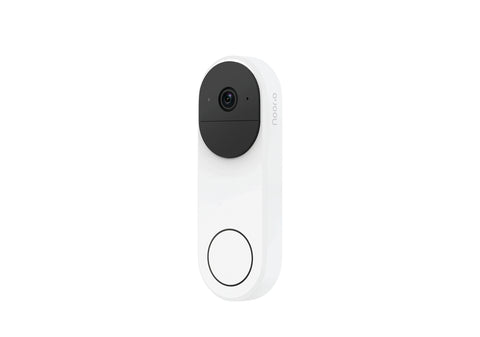
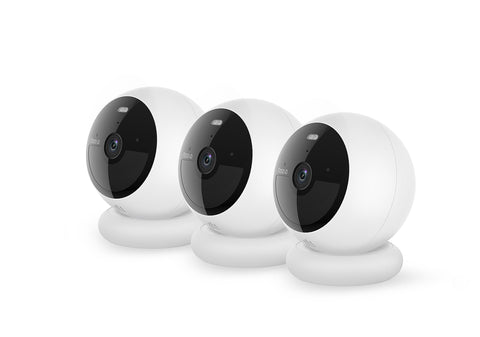
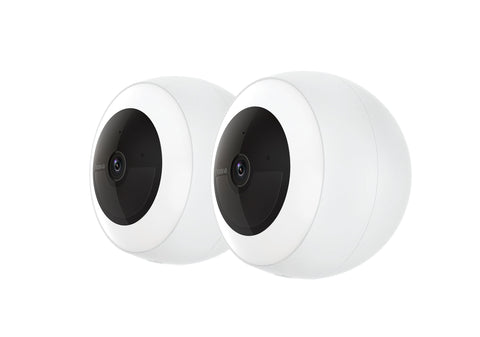
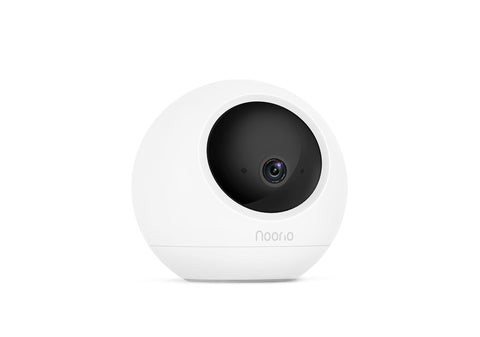
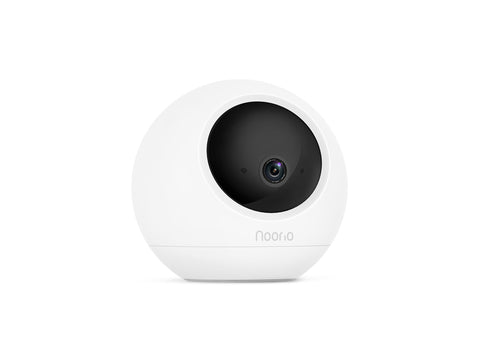







1 comment
Fantastic guide on PTZ vs IP Cameras! Choosing the right camera type is crucial for effective surveillance, and this article breaks down the key differences to help readers make an informed decision. The insights into Pan-Tilt-Zoom (PTZ) and IP cameras, along with practical tips, make it easier for users to tailor their security solutions to specific needs. A must-read for anyone navigating the world of surveillance technology!